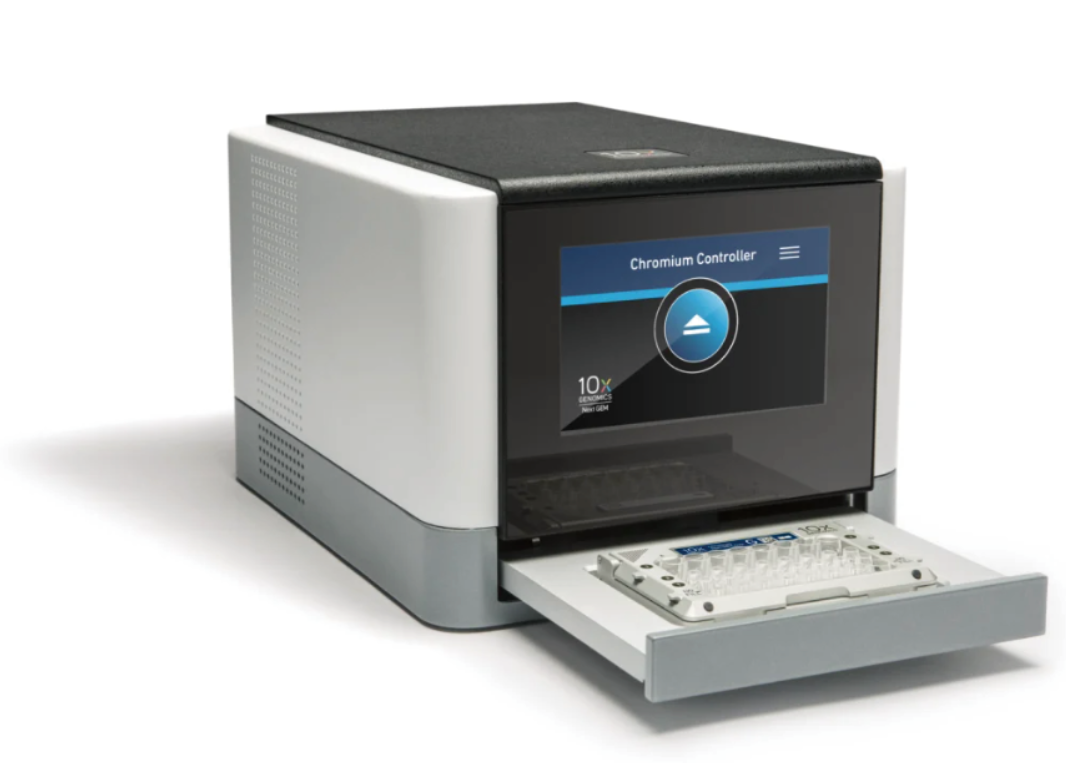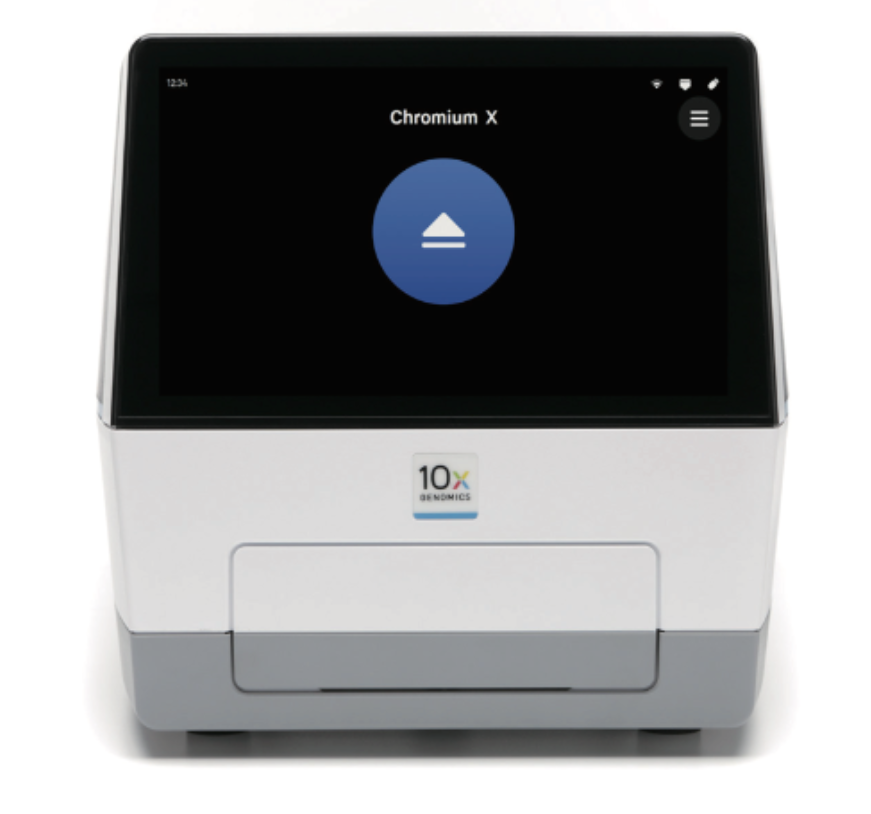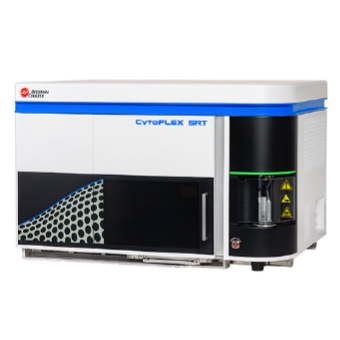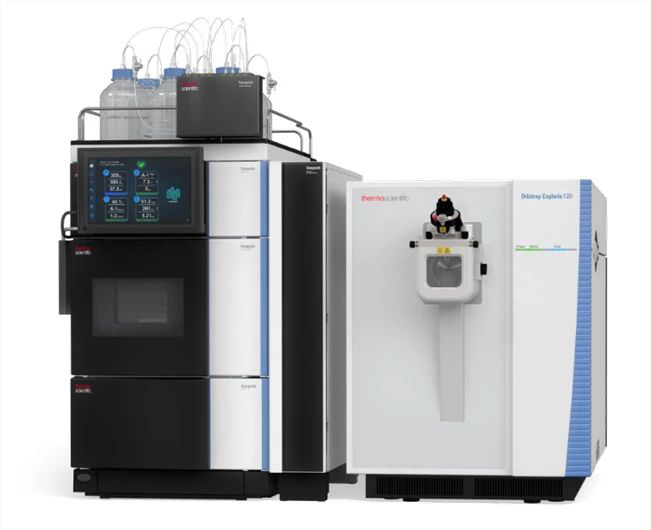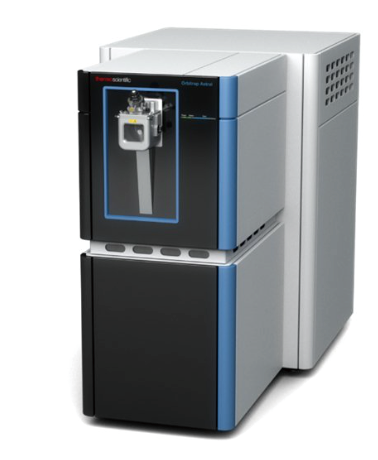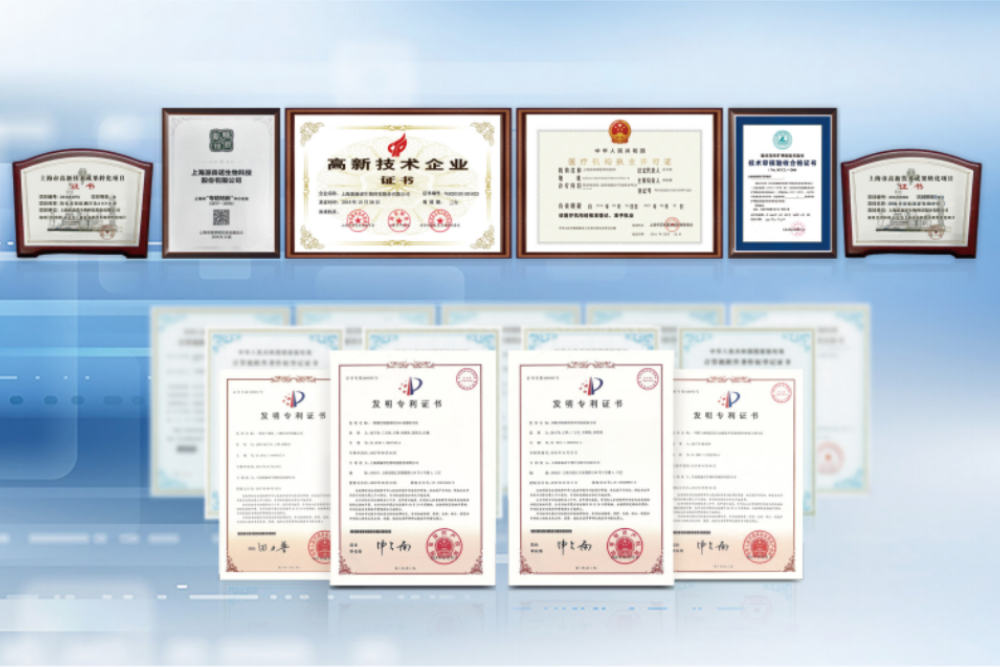Abstract
Livestock wastewater is rich in nutrients but may contain
antibiotics and antibiotic resistance genes (ARGs). Their discharge to
watercourses or soil may result in proliferation of ARGs. Irrigation
with wastewater appears to be the most feasible option of disposing of
it. One efficient irrigation technology used in arid regions is
alternate-furrow irrigation (AFI) by alternately drying part of the
plant roots for a prolonged period to physiologically reduce
transpiration without compromising yield. However, the extent to which
AFI with wastewater influences the concentration of antibiotics and
spread of ARGs in soil is poorly understood. The purpose of this paper
is to investigate how AFI using swine wastewater alters antibiotic
kinetics and ARGs abundance under different irrigation rates, using
pepper as the model plant. We examined three AFI treatments using 50%,
65% and 80% of the amount of water employed in sufficient conventional
furrow irrigation. Each treatment had a groundwater irrigation control.
The results showed that antibiotic concentrations and relative ARGs
abundance in the top 20 cm of soil did not increase with the irrigation
amount, although they were higher than those in the
groundwater-irrigated soils. The relative ARGs abundance in the soil was
modulated by irrigation amount and reducing the irrigation amount in
AFI reduced ARGs dispersion only in rhizosphere. When the soil moisture
was close to field capacity, ARGs were more abundant in rhizosphere than
in non-rhizosphere, possibly because the rhizosphere is rich in
microbes and increasing antibiotic concentrations due to an increase in
irrigation rate favors antibiotic-resistant microbiome in competing for
substrates. These, however, were not mirrored in the relative ARGs
abundance in the roots. These results have important implications as it
revealed that reducing the input of antibiotics and ARGs into soil with
AFI does not necessarily reduce ARGs proliferation.
Text link:
https://pubmed.ncbi.nlm.nih.gov/30107302/











